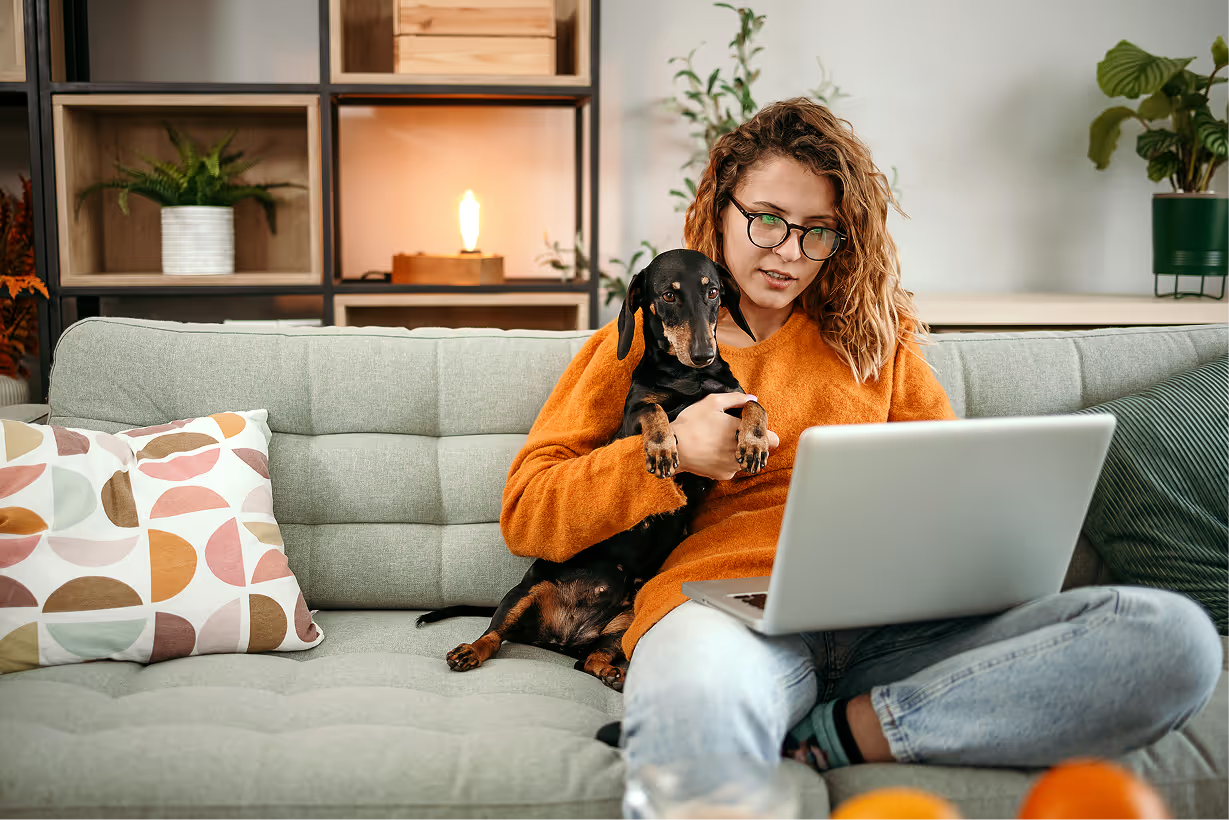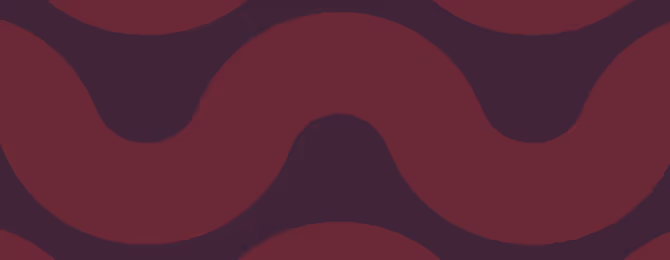A culture of recognition in the workplace: 7 best practices

Give HR and managers the clarity, confidence, and connection to lead better every day.

When efforts go unappreciated, employees grow unproductive and unmotivated. Morale drops, retention suffers, and work performance declines.
But building a culture of recognition in the workplace makes employees feel valued and connected. Appreciation inspires employees and improves workplace satisfaction, boosting productivity and reducing costly turnover.
Here are some employee recognition program ideas and best practices, as well as information on why it’s so important.
What is employee recognition?
Employee recognition is the simple but powerful act of acknowledging a team member’s efforts or achievements. There are dozens of ways to do this, from a Slack shout-out to a reward gift card. Even small acts might make a world of difference to employees.
Many companies have structured recognition and reward programs that encourage managers to call out and recognize workers’ accomplishments. These programs often also focus on peer-to-peer recognition, prompting employees to call out colleagues' efforts.
Why employee recognition is important
Fostering a culture of recognition in the workplace improves employee satisfaction and work quality. Here are a few reasons why:
- Excellence is understood: Shining a light on colleagues’ wins showcases what good work looks like. When employees see the efforts that are rewarded, they’re inspired to work in the same way.
- Reinforced company values: When work tied to company values is celebrated, it reinforces these core principles. Employees are more likely to consider the organization’s manifesto when carrying out their roles.
- Improved company culture: Frequent, genuine recognition improves morale and boosts the employee experience. It makes a business feel warm and human.
- Better communication: Encouraging people to shout out colleagues’ accomplishments improves interpersonal relationships. When colleagues recognize and respect one another, they work better together.
How to build an employee recognition program: Best practices
Structured processes enshrine recognition in workplace culture. Here are six best practices for building an employee recognition program that works.
1. Define a clear vision and goals
Before drafting an employee recognition program, start by asking what it’s meant to achieve. This might be improving engagement, productivity, or retention.
Set goals that reflect the company’s values and mission, such as providing an exemplary customer experience. Clarity helps managers know what to celebrate, and employees know what success looks like.
2. Praise employees quickly and often
Recognition works best when it’s timely. If employees have to wait a whole quarter for a pat on the back, they can get burnt out. Frequent, timely recognition lets employees know their hard work is appreciated, inspiring them to perform better.
3. Set flexible recognition criteria
An effective program needs structure, but it also needs room to adapt. Not every contribution is easy to measure, and not every win fits into a checklist. Tie employee recognition to measurable actions and results, like exceeding performance goals, but build in more opportunities for informal acknowledgments, such as a can-do attitude.
4. Be inclusive
Some employees perform better than others, but celebrating the same few people repeatedly can breed animosity. Make sure the spotlight reaches every employee, regardless of their role, tenure, identity, or location.
5. Measure the program’s impact
Frequently review the program to gauge what’s working and what’s not. Track metrics like employee engagement and retention to establish if recognition is having an impact. Workleap Officevibe’s pulse surveys are an excellent way to find out whether people feel appreciated.
6. Listen, learn, and adjust
After gathering feedback, use it to evolve the program over time. Employees might feel that more demanding projects deserve more recognition, for example. Update and refine the program to explore how different forms of praise can result in better engagement.
How team recognition tackles key business challenges
Acknowledging good work and achievements is proven to boost engagement, retention, and overall performance.
Here’s how a culture of recognition in the workplace counters some of the biggest business challenges:
- Turnover productivity losses: The disruption from turnover slows teams down and can lead to burnout as employees pick up the slack. Gartner research states that well-recognized employees are 45% less likely to leave.
- Role replacement costs: According to the Work Institute, replacing an employee costs around 33% of their base pay. Employees are much more likely to stick around when they feel seen and valued. Acts of recognition can save thousands in recruiting, onboarding, and training costs.
- Disengagement and low morale: When work goes unnoticed and underappreciated, employees can ask, “What’s the point?” But when they’re encouraged to feel proud of their accomplishments, these good vibes carry over into future projects. Productivity receives a boost as they continue trying their best.
- Low employee loyalty: Recognition leads employees to be proud of their work, boosting job satisfaction. They become loyal brand ambassadors, shouting out the company publicly and privately, boosting brand perception, client relationships, and customer service.
- Poor company performance: Gallup reports that disengagement costs U.S. companies $1.9 trillion per year. However, employees who receive valuable feedback, including recognition, are five times more likely to be engaged. Praise for one individual can go a long way for the whole company.
Who should recognition come from?
There are many ways of recognizing employees, and each plays an important role. The best programs are multifaceted, encouraging praise from colleagues at various levels. Combine praise from leadership with efforts to encourage peer-to-peer shout-outs. It’ll build a warmer organizational culture that respects and appreciates hard work.
According to Gallup, 28% of employees say that the most memorable recognition comes from their managers, followed by 24% who say the same of the CEO. That’s compared to just 10% who prefer customer recognition. It’s clear that leaders play an essential role in shaping the company culture.
While employees appear to value peer-to-peer recognition less, these shout-outs still build vital bonds between workers and foster cross-team relationships.
How to recognize employees: Recognition programs in action
These three case studies demonstrate the value of employee recognition.
1. OPAL-RT Technologies
With employees spread across the globe, OPAL-RT knew that building a culture of recognition was a priority. Its people needed a morale boost, but traditional tools weren’t working.
Using Workleap Officevibe’s recognition tool, Good Vibes, it launched a “People’s Choice Awards”-style program. OPAL-RT encouraged employees to nominate their peers using custom Good Vibes cards and categories like “Rookie of the Year.” The result was engaging employee recognition that strengthened workplace culture across the company.
2. Cisco
Cisco set out to refresh its recognition strategy to improve company culture and its employee experience. Managers were able to offer spot bonuses, but the system was inconsistent, benefiting employees in some locations more than others. In response, it launched Connected Recognition, a global peer-to-peer recognition and rewards program built around its core values.
Connected Recognition encourages frequent, smaller acknowledgments that boost cross-team participation. The program was a huge success: Following a review, the company found that 90% of its 80,000 employees had now received some form of recognition. Connected Recognition has played a core role in Cisco’s efforts to drive higher employee engagement and better talent retention.
3. Eaton
Eaton needed an employee recognition program to connect its diverse workforce. Around 50% of its employees worked offline, without access to a computer, making recognition efforts challenging. It launched a social recognition solution called E-STAR, designed to celebrate outstanding work, align awards with Eaton’s company values, and even reach offline employees.
The impact was immediate: 82% of employees now participate in E-STAR, and 79% believe their work is valued and appreciated.
Boost staff recognition with Workleap
Employee recognition is an essential business strategy. Acknowledging employees for hard work sparks engagement, boosts motivation, and drives retention.
Make employee recognition easy with Workleap Officevibe. It’s an employee engagement platform that strengthens workplace communication by helping managers and employees stay connected. Use pulse surveys to track morale, anonymous feedback to encourage openness, and insight monitoring to spot trends. Officevibe’s Good Vibes tool facilitates recognition efforts by allowing you to celebrate wins on a public praise wall or send private recognition cards.
Demo Workleap today to explore how it can help you build a culture of recognition in the workplace.
Discover Workleap Officevibe's benchmark report on 12 key employee engagement metrics


.png)


.png)
.png)








